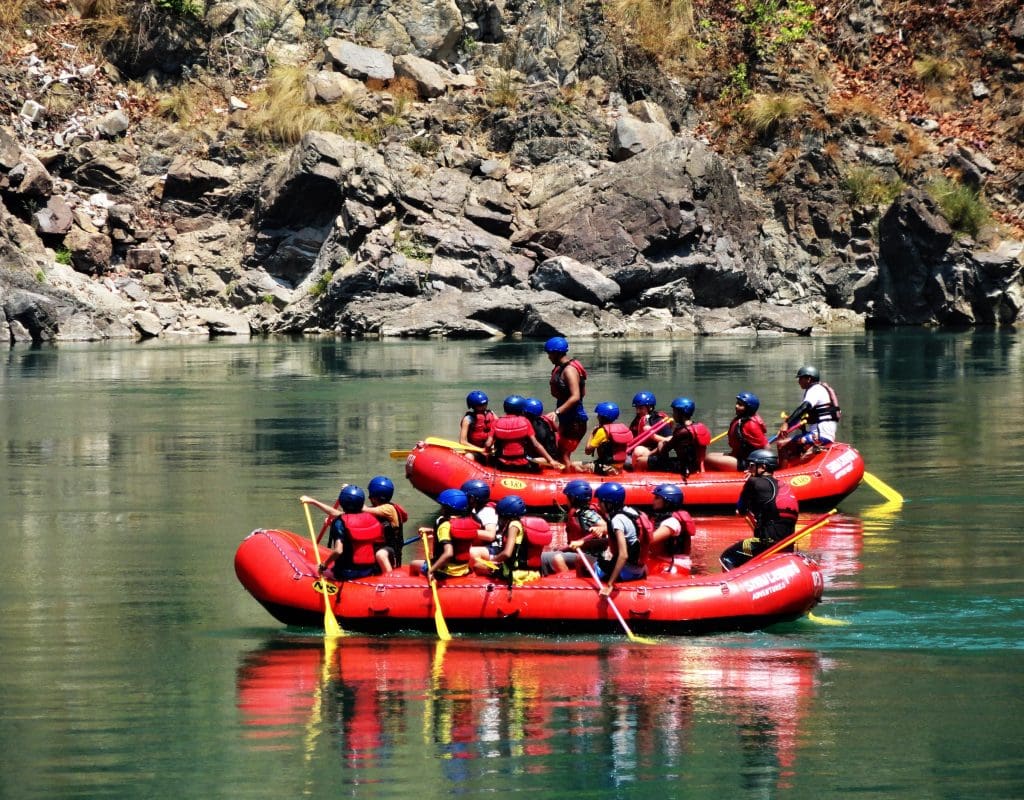A report on the Indian Travel and Tourism Industry has been put forward by an Investment Banking Anand Rathi Research team which has come up with updated statistics.

A highlight is that the Indian adventure tourism industry, though nascent and valued at$0.3 billion in 2019, is expected to cross $2.0 billion by 2028, growing at a CAGR of 20%.
Key highlights of the report:
- Indian travel and tourism industry is the 7th largest in the world with a market size of $121.9 billion in 2020 and contributed 4.6% to the country’s GDP in 2020, as against $194.3 billion in 2019 – a decline primarily led by covid-19 pandemic restrictions
- Rebound is expected in 2022 owing to ease of covid-19 travel restrictions, the Indian travel and tourism are expected to grow at ~16% CAGR from 2020 to $512 billion by 2029
- There has been a 10x growth in the number of domestic tourists from 270 million in 2002 to 2,322 million in 2020, while the foreign tourist count has also risen 4x to ~11 million in 2019 (~300,000 tourists in 2020 due to covid-19 restrictions) – led by aggressive marketing campaigning in foreign countries and roll out of an e-Visa facility in end 2014
- The Indian Ecotourism industry was valued at $2.2 billion in 2019 and expected to cross $11.6 billion by 2028, growing at a 20% CAGR
- Indian adventure tourism industry, though nascent and valued at$0.3 billion in 2019, is expected to cross $2.0 billion by 2028, growing at a CAGR of 20%
- Favorable factors including 70% of the Himalayan range, 7,000+ Km of coastline, and over 500 wildlife sanctuaries have made India one of the preferred destinations for adventure and eco-tourism enthusiasts in the World
- However, there are several challenges in the Indian travel and tourism industry such as limited enforcement of safety guidelines by state governments, a growing number of unregistered and low-cost tour operators, and a lack of physical infrastructure in certain remote regions
- The government has rolled out several initiatives to facilitate more traffic to the tourism destinations in India:
- Improving physical infrastructure and connectivity to prominent tourist destinations in the remote region through the construction of 100 km of national highway network per day and the addition of 100 regional airports by 2025
- Schemes such as Swadesh Darshan will involve setting up 15 theme-based circuits connecting various tourist destinations across the country
This will be majorly driven by an increase in per capita disposable income along with higher consumer willingness to spend on travel, and ease of booking through the online portal.
(The report is put together by Anand Rathi Investment Banking (ARIB) a full-service Investment Bank with a focus on India’s Consumption story. )
Read More: News



